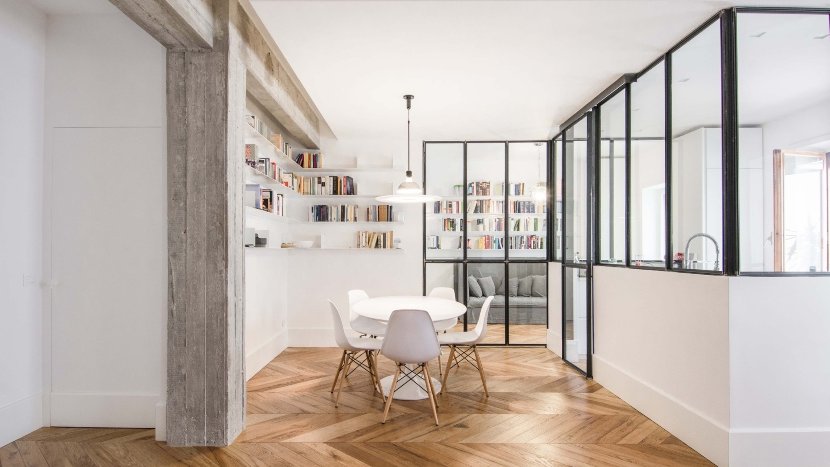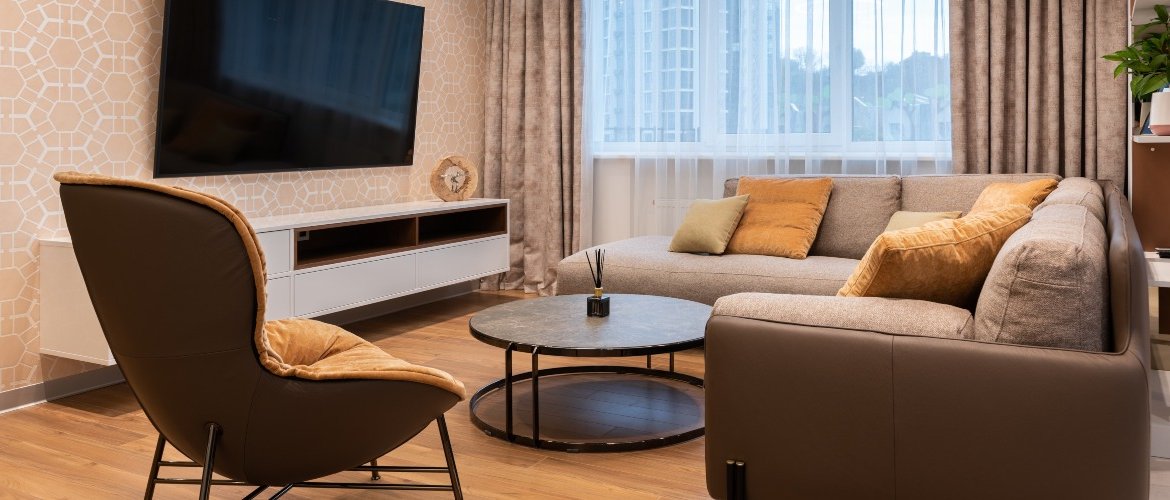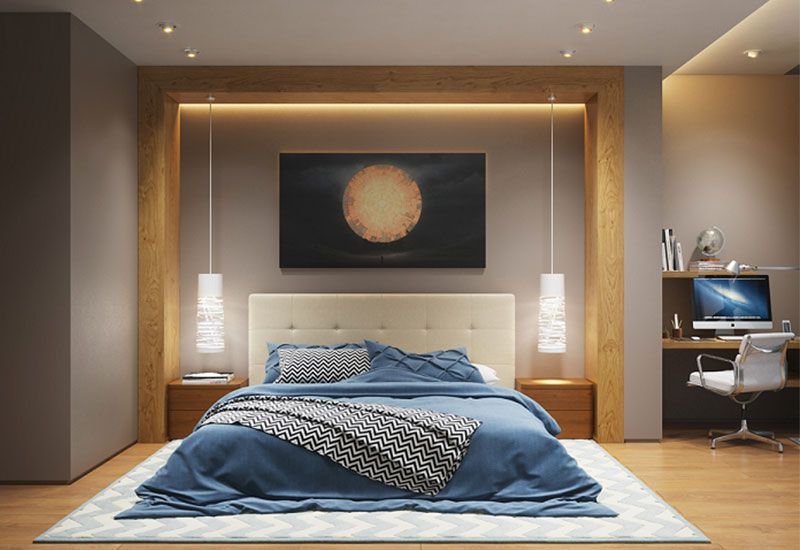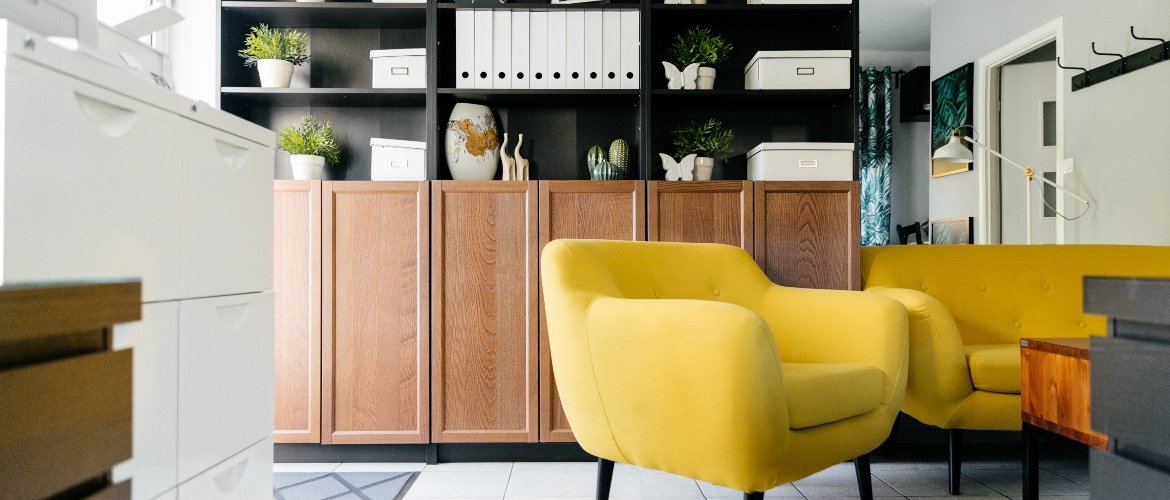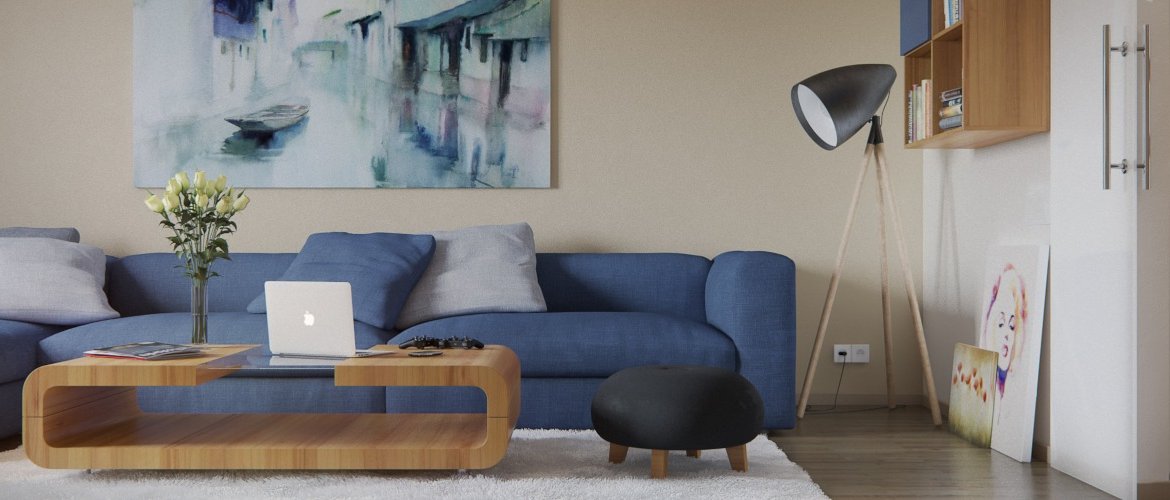Glass walls to separate and illuminate environments
Properly managing the space of a house is fundamental. Regardless of its surface, the distribution is key to get the most out of the interiors. Walls become a tool of extraordinary potential. Glass walls are a perfect alternative to separate and illuminate environments. Versatile and stylish, these types of partitions give spaces a unique character that is complemented by a series of other tempting advantages.
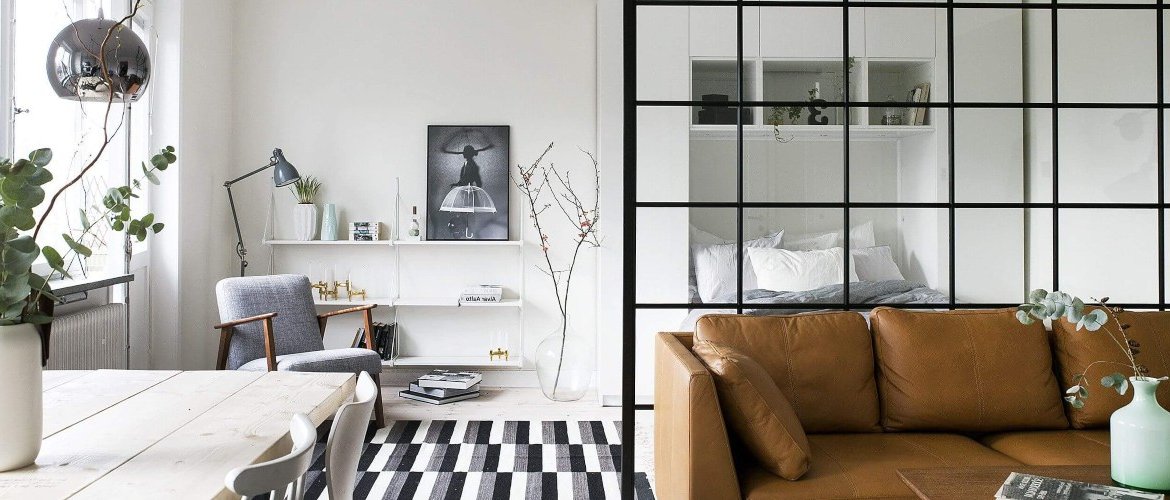
Among the different formulas that you can choose for the distribution of the interior of the home, betting on glass walls to separate and illuminate environments has multiple advantages
Contrary to what it may seem, glass walls are not fragile at all. Manufactured with what is known as safety or laminated glass, they are highly resistant, so having a domestic accident is not easy. In addition, they practically completely filter UVA rays - thus avoiding their negative impact on furniture and interiors - and also acoustically insulate spaces.
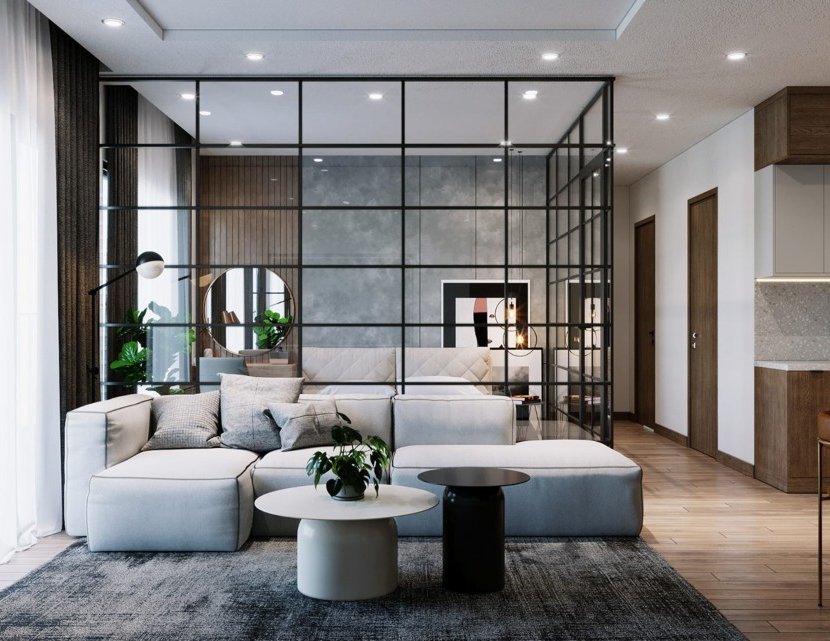
Choosing glass walls is to bet on a subtle separation of spaces. It is not only that they allow to divide rooms in an original way. These elements soften the transitions allowing the spaces to flow without giving up some intimacy.
There are, however, different ways to achieve this. From full walls to half-height proposals, through movable glass partitions, there are different solutions.
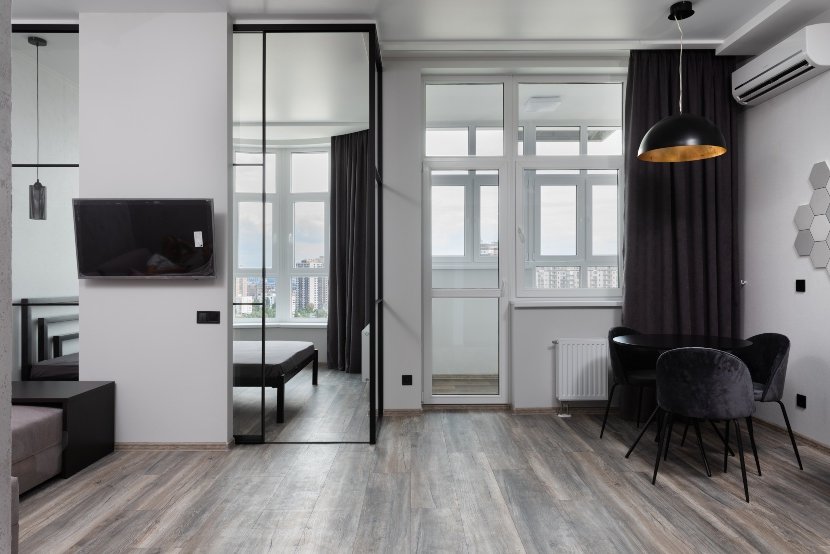
Visual continuity is another advantage of glass walls for separating and illuminating rooms. These systems do not pose any obstacle to visual perception, so that interior spaces are perceived as a harmonious whole.
Its inclusion in the interior design proposal is usually synonymous with modernity. However, the truth is that the visual connection that glass walls allow allows the combination of different styles depending on the room, always trying to achieve a harmonious result.
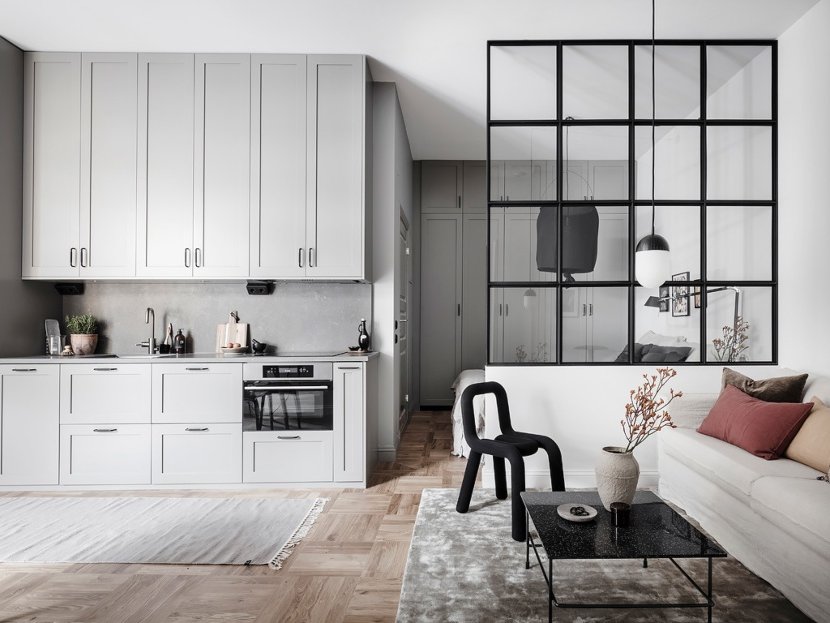
But if there is a positive point in favor of separating environments with glass walls is the luminosity they provide. This is by far the most outstanding advantage they offer, allowing light to circulate freely, flooding every corner of the home.
The question becomes even more interesting if we talk about windowless rooms where natural light is a scarce commodity. Glass walls to separate these rooms from others where the sun's rays do enter will allow the light to penetrate inside.
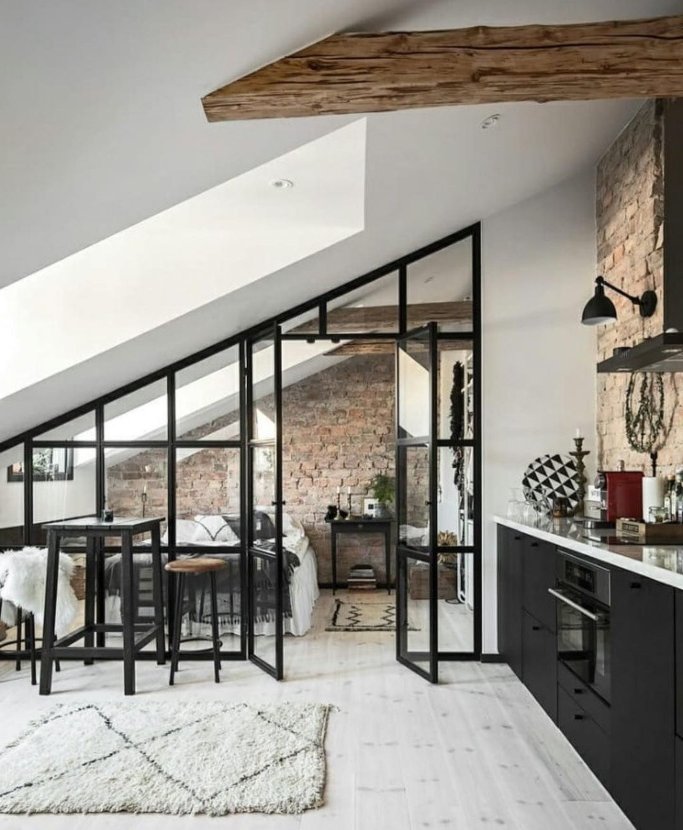
The free circulation of light allowed by glass walls is not at odds with privacy. There are less transparent glasses capable of guaranteeing both luminosity and privacy.
Maximizing spatial perception is another of the benefits of separating and illuminating rooms with glass walls. As there are no solid visual limits between spaces, the interiors are perceived as a whole, which, in practice, exponentially multiplies the sensation of visual amplitude.
As if all this were not enough, glass walls are also allies of energy savings. The more natural light in the home, the less need for artificial lighting and, consequently, less consumption.
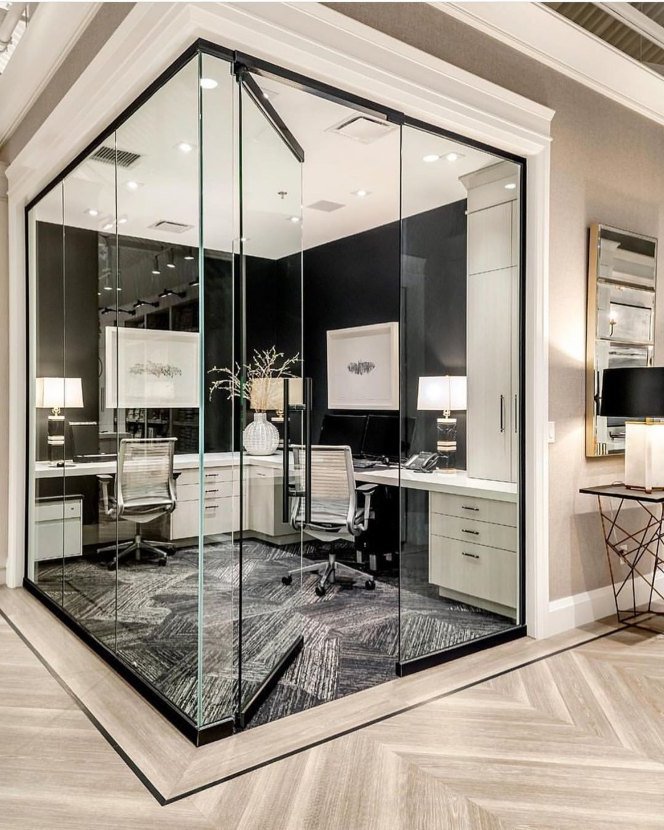
Sophisticated and contemporary, glass walls are synonymous with modernity. As an alternative to traditional walls, they are a trend not only in residential design, but also in commercial interior design.
With fixed fronts, sliding doors, hinged doors... There are designs for all tastes. Among the most popular are those that exude industrial inspiration, combining large glass panels with black iron profiles.
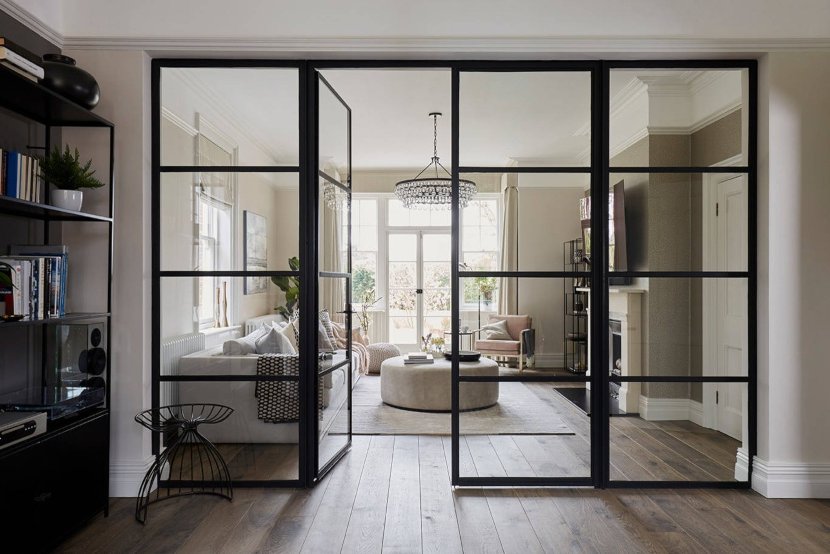
The balance tends to tip towards its advantages. However, as with everything in interior design and decoration, choosing glass walls to separate and illuminate rooms also has its drawbacks.
One of the most recurrent handicaps is its price, which is generally not particularly economical. Along with it, maintenance is also another point to take into account among the disadvantages. Although they do not require extreme care, they must be kept clean in order to look their best. The loss of privacy can also generate doubts although you can always opt for less transparent glass to solve it.
